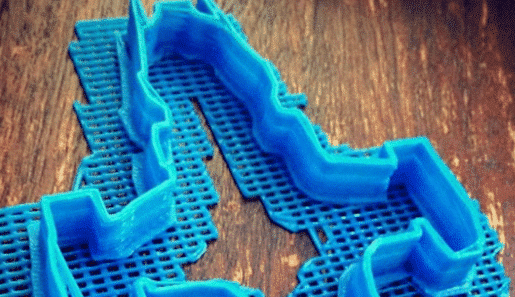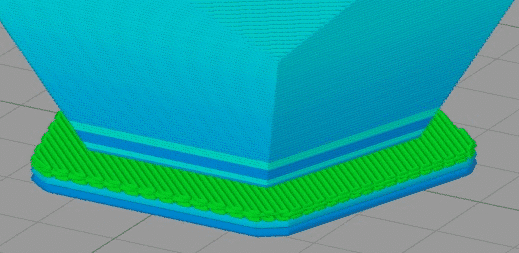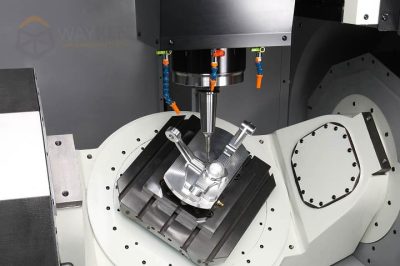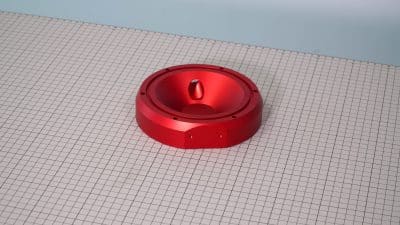In the process of 3D printing, a raft is a commonly used feature, yet many people may not fully understand its purpose and the best situations to use it. In this article, we will explore the role of a raft in 3D printing, when to use it, and how it differs from a brim.
What is a Raft in 3D Printing?
A raft in 3D printing is a layer or multiple layers of material printed underneath the actual model. These layers provide a flat base to help the model adhere better to the print bed. A raft can prevent warping issues, especially when using materials that are prone to warping, like ABS.
A raft is not just the first layer; it is a support structure that helps stabilize the model during the printing process. Once the raft is completed, the model is printed on top of this support layer. Typically, a raft consists of a few layers of a grid or solid pattern, ensuring smoothness and stability for the bottom of the model.

The Purpose of a Raft in 3D Printing
The primary function of a raft is to increase adhesion between the model and the print bed, preventing the model from warping or detaching. This is especially important when working with materials like ABS or nylon, which tend to shrink and warp as they cool.
Additionally, a raft can smooth out the print surface, particularly when the print bed is not perfectly level or has imperfections. By adding a raft, these imperfections can be compensated for, resulting in a more stable and reliable first layer.
When Should You Use a Raft?
A raft is not necessary for every 3D printing project. However, using a raft can improve print quality in the following situations:
- Warp-prone materials: Materials like ABS or nylon are prone to warping as they cool. Using a raft helps prevent the model from lifting off the print bed.
- Small surface area at the base: If the model has a small contact area with the print bed, a raft provides a larger surface area, preventing the model from shifting during printing.
- Uneven print bed: When the print bed is not perfectly smooth, a raft can serve as a base layer to ensure a stable printing environment for the model.
The Difference Between Raft and Brim
In 3D printing, besides rafts, another common support structure is the brim. While both rafts and brims help with model stability, they have notable differences.
- Raft: A raft is a complete support structure that usually covers the entire bottom of the model. It prints several layers of material under the model, forming a grid or solid base.
- Brim: A brim is just a single-layer outline around the model, like the brim of a hat. It doesn’t print under the model but extends around the outer edges.
When to Choose Raft or Brim?
Choosing between a raft and a brim depends on the model and material. If the model is tall with a small base area, a raft is typically the better choice because it offers stronger support. If the model is shorter and only needs a little extra adhesion, a brim might be more suitable, as it uses less material and is easier to remove.

How to Remove a 3D Printing Raft?
After completing a 3D print, removing the raft can sometimes be a bit challenging, but there are several techniques to make the process smoother:
- Cool the model: Ensure the model has fully cooled before attempting to remove the raft. This makes it easier to detach the raft without damaging the model.
- Use tools: Tools like a scraper or thin blade can help separate the raft from the model’s bottom. Be sure to handle the model gently to avoid damaging the surface.
- Peel it off by hand: For softer materials, the raft may be peeled off by hand. Gradually peel instead of ripping to ensure the model remains intact.
When removing a raft, take care, especially with delicate or thin-walled models, to avoid applying too much force that could damage the model’s base or details.

Why Is Using a Raft Important in 3D Printing?
Using a raft can significantly increase the success rate of your prints, especially when printing complex models or using materials that tend to warp. It provides stronger adhesion and ensures print stability. Additionally, it helps to compensate for slight unevenness on the print bed, ensuring that the first layer of the model is completed smoothly.
While using a raft does increase material consumption and print time, for certain projects, the benefits far outweigh these costs. By using a raft at the appropriate time, you can greatly reduce the risk of print failures and improve print quality.
Professional 3D Printing Services at Fabrapid
Leverage Fabrapid’s 3D printing services to bring your design ideas to life. We not only help you understand 3D printing technology but also provide industry-leading 3D printing services. Whether you need prototypes, functional parts, or complex custom designs, we can offer precise, fast, and reliable solutions for all your needs.



